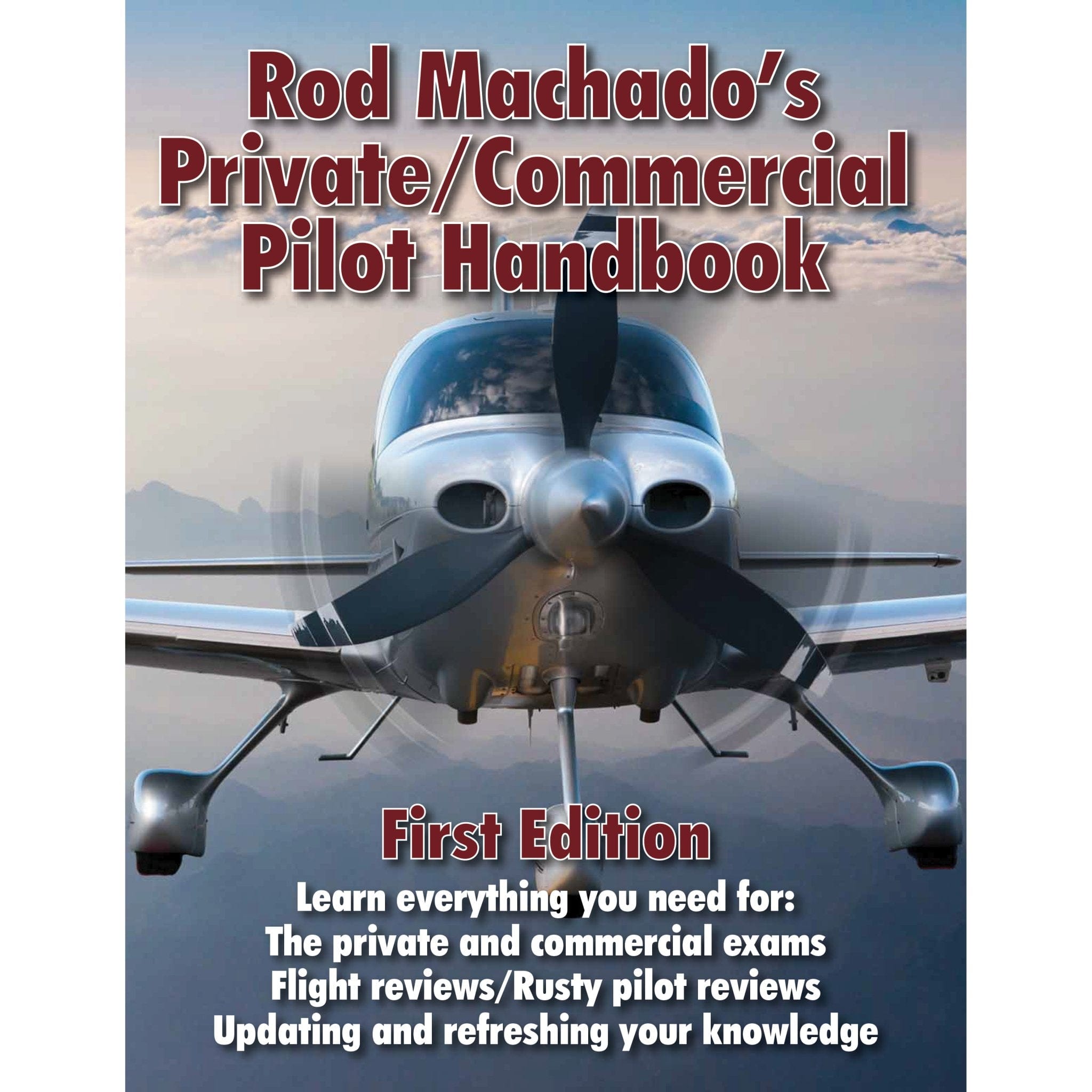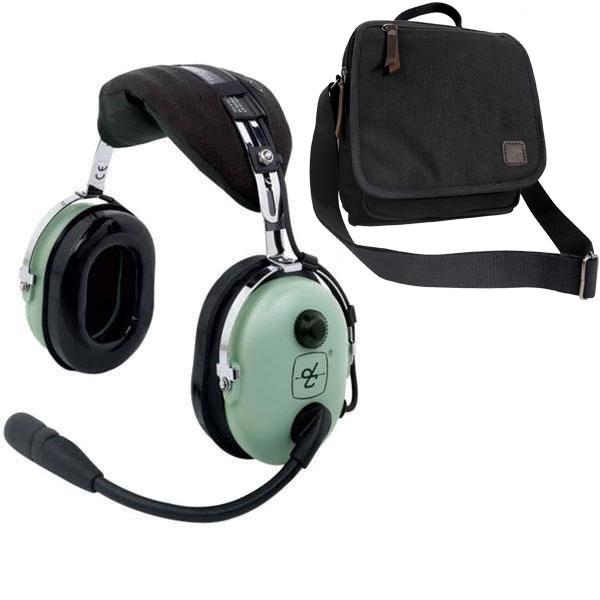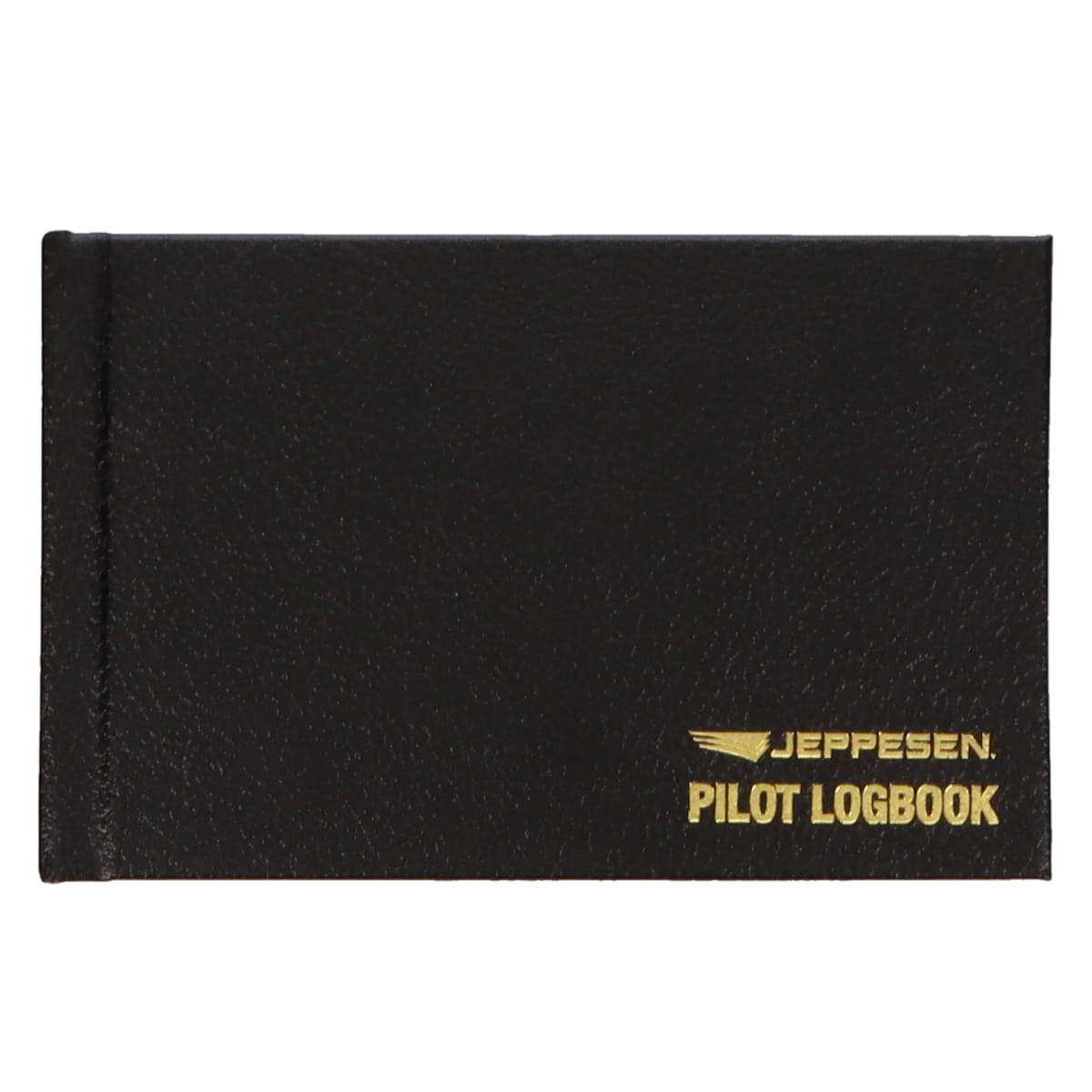What category and class of aircraft are you certified to fly?
Now, what are the category and class of your private plane? One of the most confusing aspects of aircraft category and class designations is that there are actually two different sets of designations, depending on the frame of reference – pilot or aircraft.
Category and class are two of the key descriptors used to define the types of craft within the aircraft designation hierarchy. These designations differentiate aircraft by their physical properties and characteristics.
They help the FAA group aircraft for both aircraft certification and airmen certification, ratings, privileges, and limitations purposes. As a knowledgeable pilot, it pays to understand the difference between category and class as well as how the two relate.

What is an Aircraft Category?
Think of the category as the broader designation and the class as the more specific. Each category of aircraft includes multiple classes. When describing an aircraft, start with the more overarching category classification and then break it down into the specific class.
Learn which aircraft categories are used when referring to airmen ratings and which apply to aircraft certifications.
Category of Aircraft
Aircraft categories are a broad designation that identifies the basic type of aircraft. Categories group aircraft by their key characteristics, use, and/or operating limitations.

Airmen Certification Categories
For pilot certification purposes, the categories group aircraft by their high-level key characteristics. The below categories are used with respect to the certification, rating, privileges, and limitations of airmen:
- Airplane – An airplane is a fixed-wing, engine powered aircraft.
- Glider – A glider is a craft that generates lift by the reaction between its lifting surfaces and the air. It does not primarily rely on an engine for free flight.
- Lighter-Than-Air – A lighter-than-air aircraft like a hot-air balloon, blimp, airship, dirigible, or zeppelin has no engine. It is filled with a lighter-than-air gas like helium that allows the craft to ascend. Releasing the gas facilitates a descent.
- Powered Lift – A powered lift aircraft is capable of vertical takeoffs and landings as well as low speed flights supported by engine thrust or lift devices. Horizontal flight is facilitated by a nonrotating airfoil.
- Powered Parachute – A powered parachute or paraplane uses a combination of a parafoil and motor to generate lift. It can operate on land or sea.
- Rotorcraft – Rotorcraft generate lift with a spinning rotor or multiple rotors.
- Weight-Shift-Control (hang glider) – A weight-shift-control aircraft, or powered hang glider, is a powered aircraft controlled through pilot manipulation of the flexible pivoting wing.
Aircraft Certification Categories
The categories for aircraft certification describe and group the aircraft by their size and maneuverability aspects. There are eleven total categories broken down into two sets based on the type of airworthiness certificate issued to them.

The below categories, defined in CFR 14, are used with respect to the certification of aircraft:
Standard Airworthiness Certification Categories
- Acrobatic – An acrobatic aircraft has very minimal flight maneuvering restrictions. It can have up to nine seats in addition to the pilot seat and a maximum weight of 12,500 pounds.
- Commuter – A commuter aircraft is multi-engine and propeller driven. It can seat up to 19 passengers and its maximum weight must stay below 19,000 pounds.
- Normal – Normal aircraft are not approved for acrobatic flight. They have a total seating capacity of nine or fewer persons and a maximum 12,500-pound takeoff weight.
- Transport – Transport aircraft seating and weight criteria are dependent upon the aircraft’s engine type. Jet engine transport planes are rated for more than 10 seats and weights over 12,500 pounds. Piston-engine transports can carry up to nineteen people and have a weight that exceeds 19,000 pounds.
- Utility – Utility aircraft can have a maximum of nine passenger seats (plus pilot seats) and may weigh up to 12,500 pounds. Utility craft are authorized to perform limited aerobatic maneuvers.
Special Airworthiness Certification Categories
- Experimental – The experimental aircraft category encompasses a broad range of craft from kit or amateur-built unmanned or light sport crafts to research and development or air racing projects.
- Light Sport (LSA) – Light sport aircraft includes any sport aircraft that does not fit into the gyroplane, kit-built, or transitioning ultralight designations.
- Limited – After they are decommissioned, military aircraft can be modified or converted for civilian use.
- Primary – Primary aircraft are manufactured per a production certificate and are flown for pleasure and personal use.
- Provisional – Aircraft receiving a provisional category certification are only certified for a limited duration. Class I provisional certifications are issued for 24-month durations and Class II are valid for 12 months.
- Restricted – Restricted category aircraft are specially built for a specific purpose like agricultural spraying, forest and wildlife conservation, aerial surveying, patrolling, weather control, or aerial advertising. Restricted aircraft can only be used for their designated special purpose operations.
Class of Aircraft
An aircraft class groups together aircraft within the same category that have similar operating, propulsion, in-flight handling, or landing characteristics.

Airmen Certification Classes
For each category, the airmen certification class ratings are as follows:
- Airplane
- Single-engine land
- Single-engine sea
- Multi-engine land
- Multi-engine sea
- Rotorcraft
- Gyroplane – Rotors are not engine-driven except for on startup. Rotation is generated by motion usually achieved by conventional propeller propulsion
- Helicopter – Engine-driven rotors for horizontal motion
- Lighter-than-air
- Airship – Engine-driven and can be steered
- Balloon – Not engine-driven and gets buoyancy by gas or heater
- Powered parachute
- Powered parachute land
- Powered parachute sea
- Weight-shift-control
- Weight-shift-control land
- Weight-shift-control sea
Aircraft Certification Classes
Aircraft certification classes align with airmen certification classes (see above).
Aircraft Approach Category
An aircraft approach category is the maximum takeoff weight (MCTOM) of an aircraft, regulated by the Federal Aviation Administration (FAA) and International Civil Aviation Organization (ICAO). It determines the required approach speed VREF for precision and non-precision instrument approaches during final stages of landing.
There are five categories in the United States of America:
- Category A: Less than 91 knots indicated airspeed
- Category B: 91 knots or more, but less than 121 knots
- Category C: 121 knots or more, but less than 141 knots
- Category D: 141 knots or more, but less than 166 knots
- Category E: 166 knots or more, but less than 211 knots
Pilots must be aware of their aircraft’s approach category and corresponding VREF to comply with safety regulations.
Takeaways
For purposes of both pilot and aircraft certification, the FAA has defined unique categories and classes to group all aircraft into. Categories are the higher-level descriptor and classes are more detailed.
By learning more about the characteristics of each of these groupings, pilots will develop a familiarity with what to expect from an aircraft simply based on its category and class.
They will also know what sort of aircraft they are authorized to pilot based on their own category and class certifications.








